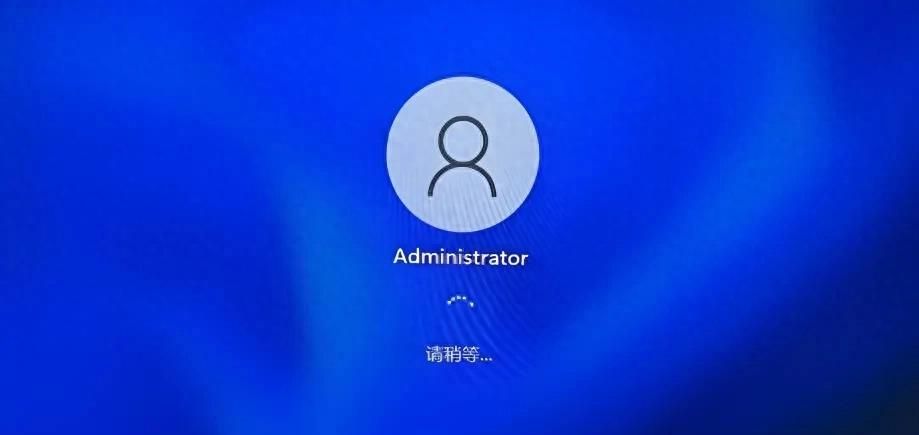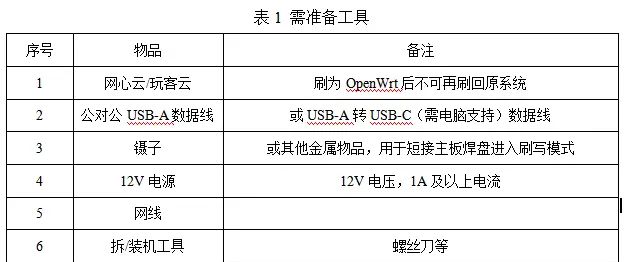文章目录
一、什么是Maven私服?
二、快速搭建Nexus私服
1.Nexus安装步骤
下载与解压
配置环境
启动服务
访问控制台
2.Nexus仓库类型详解
三、将项目发布到私服
1.配置Maven客户端
修改settings.xml
配置项目pom.xml
执行发布命令
发布成功效果
四、从私服下载依赖
1.全局配置镜像
方法一
方法二
2.测试下载
五、上传第三方JAR到私服
1.手动安装到本地仓库
2.上传到私服
总结
一、什么是Maven私服?
1.1 私服的作用与优势
Maven私服是企业在局域网内搭建的私有Maven仓库服务器,用于统一管理项目依赖。它的核心价值包括:
加速依赖下载:缓存中央仓库的依赖,减少重复下载。
内部资源共享:企业内部项目模块可发布到私服,方便团队协作。
安全隔离:避免直接暴露内部代码到公网,提升安全性。
统一版本管理:控制依赖版本,避免版本冲突。

二、快速搭建Nexus私服
1.Nexus安装步骤
下载与解压
访问官网下载Nexus(本文以Nexus 2.x为例),解压至无中文路径的目录,如 D:
exus。
配置环境
修改 nexus-2.x.x-xxconf
exus.properties,调整端口(默认为8081)和存储路径:
application-port=8079
nexus-work=D:/nexus-data
启动服务
以管理员身份运行CMD,执行以下命令:
cd D:
exus
exus-2.x.x-xxin
nexus.bat install # 安装服务
nexus.bat start # 启动服务
访问控制台
浏览器输入 http://localhost:8079/nexus,使用默认账号登录:
用户名:admin
密码:admin123
2.Nexus仓库类型详解
Nexus支持多种仓库类型,核心分类如下:
| 类型 | 作用 |
|---|---|
| Hosted | 存放企业内部构建(如releases稳定版、snapshots快照版)。 |
| Proxy | 代理远程仓库(如中央仓库),自动缓存下载过的依赖。 |
| Group | 聚合多个仓库(如Hosted+Proxy),对外提供统一访问入口。 |
| Virtual | 兼容旧版 Maven 1.x 的仓库(极少使用)。 |

三、将项目发布到私服
1.配置Maven客户端
修改settings.xml
在标签下添加私服认证信息:
<server>
<id>releases</id>
<username>admin</username>
<password>admin123</password>
</server>
<server>
<id>snapshots</id>
<username>admin</username>
<password>admin123</password>
</server>
<id>thirdparty</id>
<username>admin</username>
<password>admin123</password>
</server>
配置项目pom.xml
指定私服仓库地址:
<distributionManagement>
<repository>
<id>releases</id>
<url>http://localhost:8079/nexus/content/repositories/releases/</url>
</repository>
<snapshotRepository>
<id>snapshots</id>
<url>http://localhost:8079/nexus/content/repositories/snapshots/</url>
</snapshotRepository>
</distributionManagement>
执行发布命令
在项目根目录运行:
mvn clean deploy
若版本号为1.0-SNAPSHOT,自动上传至snapshots仓库;
若为1.0-RELEASE,则上传至releases仓库。
发布成功效果

四、从私服下载依赖
1.全局配置镜像
方法一
修改settings.xml,强制所有依赖从私服下载:
<mirrors>
<mirror>
<id>nexus</id>
<mirrorOf>*</mirrorOf>
<name>Nexus Mirror</name>
<url>http://localhost:8079/nexus/content/groups/public/</url>
</mirror>
</mirrors>
方法二
可以在settings.xml配置文件中添加配置,完成统一的设置。
<!-- 下载jar包配置 -->
<profile>
<!--profile的id -->
<id>dev</id>
<repositories>
<repository> <!--仓库id,repositories可以配置多个仓库,保证id不重复 -->
<id>nexus</id> <!--仓库地址,即nexus仓库组的地址 -->
<url>http://localhost:8079/nexus/content/groups/public/</url> <!--是否下载releases构件 -->
<releases>
<enabled>true</enabled>
</releases> <!--是否下载snapshots构件 -->
<snapshots>
<enabled>true</enabled>
</snapshots>
</repository>
</repositories>
<pluginRepositories> <!-- 插件仓库,maven的运行依赖插件,也需要从私服下载插件 -->
<pluginRepository> <!-- 插件仓库的id不允许重复,如果重复后边配置会覆盖前边 -->
<id>public</id>
<name>Public Repositories</name>
<url>http://localhost:8079/nexus/content/groups/public/</url>
</pluginRepository>
</pluginRepositories>
</profile>
激活配置
<activeProfiles>
<activeProfile>dev</activeProfile>
</activeProfiles>
2.测试下载
删除本地仓库中的某个依赖,重新构建项目,观察是否从私服自动拉取。
五、上传第三方JAR到私服
1.手动安装到本地仓库
mvn install:install-file -DgroupId=com.alibaba -DartifactId=fastjson -Dversion=1.1.37 -Dfile=fastjson-1.1.37.jar -Dpackaging=jar
2.上传到私服
mvn deploy:deploy-file -DgroupId=com.alibaba -DartifactId=fastjson -Dversion=1.1.37 -Dpackaging=jar -Dfile=fastjson-1.1.37.jar -Durl=http://localhost:8079/nexus/content/repositories/thirdparty/ -DrepositoryId=thirdparty
总结
通过搭建Maven私服,企业可以实现依赖的统一管理、加速构建过程,并提升代码安全性。结合Nexus的灵活配置,不仅能管理内部模块,还能高效代理外部依赖。建议在实际项目中逐步应用私服,优化团队协作流程。
立即行动:尝试在本地部署Nexus,发布一个简单模块,体验私服带来的效率提升吧!




















暂无评论内容